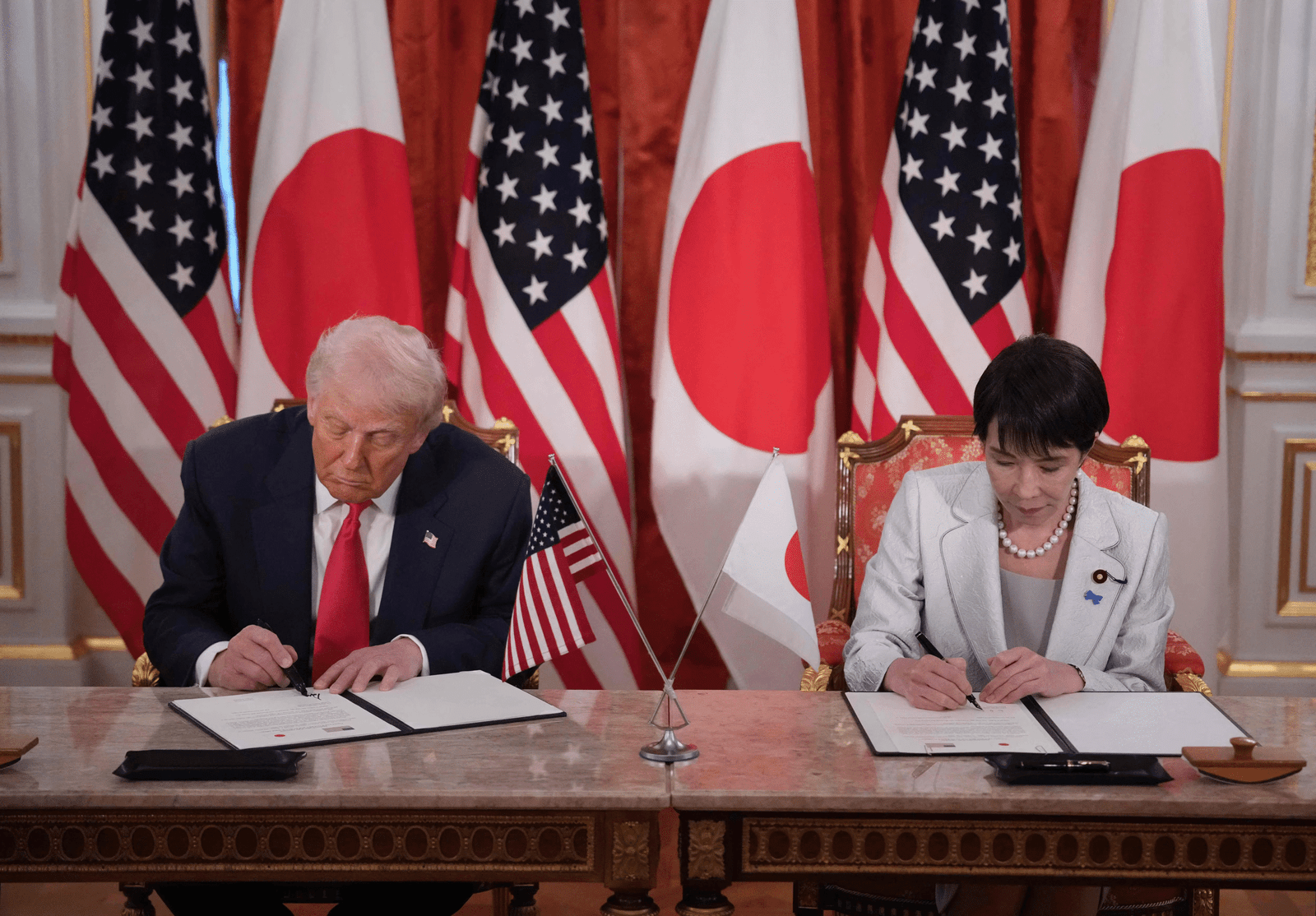A TikTok trend has sparked an unexpected and lively debate about the differences in how Americans and Europeans perceive scents. Dubbed “The Great Smell-Off,” the trend began when TikTok users started comparing their preferences for different types of fragrances, leading to a broader conversation about cultural differences in the sense of smell.
The debate quickly gained traction, with users from both sides of the Atlantic chiming in with their opinions. Many Europeans argued that their sense of smell is more refined due to their exposure to a wider variety of natural scents, such as those found in traditional markets and countryside environments. In contrast, some Americans suggested that their preference for stronger, more potent fragrances is influenced by the prevalence of artificial scents in everyday products like perfumes, cleaning supplies, and air fresheners.
As the trend continued to grow, it became clear that the debate was about more than just smell—it touched on deeper cultural differences and the way people in different regions experience the world around them. For some, the discussion highlighted the influence of diet, environment, and lifestyle on the sense of smell. For others, it underscored the role that cultural norms and marketing play in shaping fragrance preferences.
The TikTok trend has also sparked interest from experts in the field of olfactory science, who have weighed in on the discussion. Some have noted that genetic factors may play a role in how people perceive scents, while others have pointed out that cultural conditioning is likely a significant influence. The debate has even reached the fragrance industry, where companies are taking note of the differing preferences and considering how they might cater to a more global audience.
“The Great Smell-Off” continues to be a trending topic on TikTok, with no clear winner in sight. However, the conversation it has generated about the intersection of culture, biology, and personal preference is likely to continue long after the trend fades.











